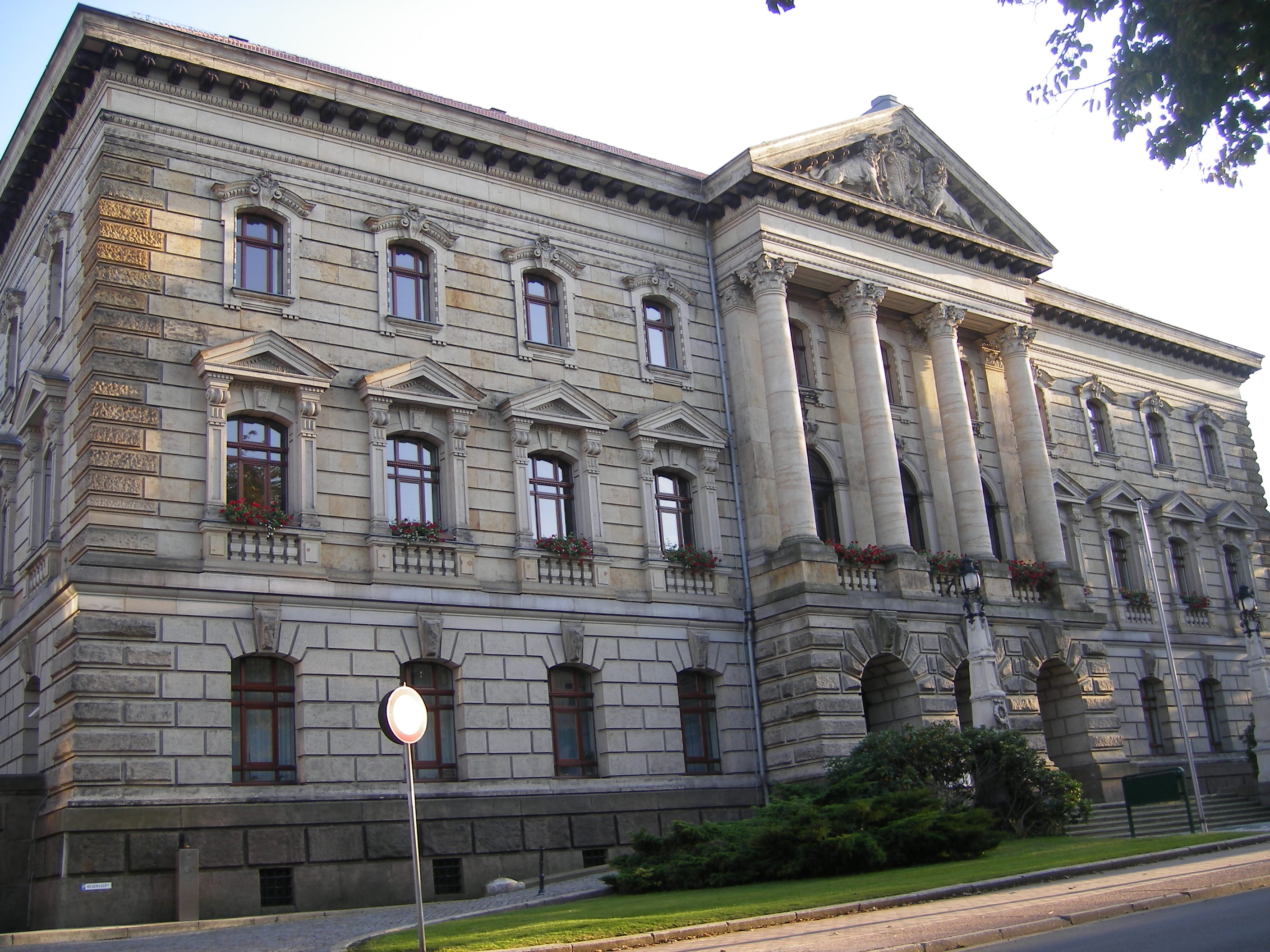|
Lumpzig
Lumpzig is a village and a former municipality in the district Altenburger Land, in Thuringia, Germany Germany, officially the Federal Republic of Germany, is a country in Central Europe. It lies between the Baltic Sea and the North Sea to the north and the Alps to the south. Its sixteen States of Germany, constituent states have a total popu .... Since 1 January 2019, it is part of the town of Schmölln. References Altenburger Land Former municipalities in Thuringia {{Altenburger-geo-stub ... [...More Info...] [...Related Items...] OR: [Wikipedia] [Google] [Baidu] |
Schmölln
Schmölln () is a town in Thuringia, Germany, landkreis of Altenburger Land. It lies on the river Sprotte. Geography Neighboring municipalities Municipalities in the district of Altenburger Land neighboring Schmölln include: Starkenberg, Dobitschen, Göllnitz, Göhren, Altenburg, Nobitz, the town of Gößnitz, Ponitz, Heyersdorf, Thonhausen, Vollmershain, Posterstein and Löbichau. Subdivisions Schmölln consists of the town Schmölln and 44 local subdivisions (''Ortsteile''): * Altkirchen *Bohra *Brandrübel *Braunshain *Burkersdorf *Dobra * Drogen *Gimmel *Gödissa *Göldschen *Graicha *Großbraunshain *Großstöbnitz *Großtauschwitz *Hartha *Hartroda *Illsitz *Jauern *Kakau *Kleinmückern *Kleintauscha *Kleintauschwitz *Kratschütz *Kummer *Lohma * Lumpzig *Mohlis *Nöbden *Nitzschka * Nöbdenitz *Nödenitzsch *Papiermühle *Platschütz *Prehna *Röthenitz *Schloßig *Selka *Sommeritz *Trebula *Untschen *Weißbach * Wildenbörten *Zagkwitz *Zschernitzsch Hi ... [...More Info...] [...Related Items...] OR: [Wikipedia] [Google] [Baidu] |
Altenburger Land
Altenburger Land is a district in Thuringia, Germany. It is bounded by (from the west and clockwise) the district of Greiz (district), Greiz, the Burgenlandkreis (Saxony-Anhalt), and the districts Leipzig (district), Leipzig, Mittelsachsen and Zwickau (district), Zwickau in Saxony. The district is a member of the Central German Metropolitan Region. Geography Altenburger Land is the easternmost district of Thuringia. It is largely agricultural with three quarters of the total area being used for agriculture. In contrast, forests make up only around 10% of the area, especially in the south of the district there are only few forests. This can be explained by a high soil fertility with a Loess-layer of up to 3.5 meters. The main river is the Pleiße, a tributary of the White Elster, crossing the district from south to north. The hilly Osterland constituting the northernmost foothills of the Ore Mountains slopes gently away to the plains of eastern Saxony-Anhalt. History The re ... [...More Info...] [...Related Items...] OR: [Wikipedia] [Google] [Baidu] |
Thuringia
Thuringia (; officially the Free State of Thuringia, ) is one of Germany, Germany's 16 States of Germany, states. With 2.1 million people, it is 12th-largest by population, and with 16,171 square kilometers, it is 11th-largest in area. Erfurt is the capital and largest city. Other cities include Jena, Gera and Weimar. Thuringia is bordered by Bavaria, Hesse, Lower Saxony, Saxony, and Saxony-Anhalt. It has been known as "the green heart of Germany" () from the late 19th century due to its broad, dense forest. Most of Thuringia is in the Saale drainage basin, a bank (geography), left-bank tributary of the Elbe. Thuringia is home to the Rennsteig, Germany's best-known hiking, hiking trail. Its winter resort of Oberhof, Germany, Oberhof makes it a well-equipped winter sports destination – half of Germany's 136 Winter Olympics, Winter Olympic gold medals had been won by Thuringian athletes as of 2014. Thuringia was favoured by or was the birthplace of three key intellectu ... [...More Info...] [...Related Items...] OR: [Wikipedia] [Google] [Baidu] |
Germany
Germany, officially the Federal Republic of Germany, is a country in Central Europe. It lies between the Baltic Sea and the North Sea to the north and the Alps to the south. Its sixteen States of Germany, constituent states have a total population of over 84 million in an area of , making it the most populous member state of the European Union. It borders Denmark to the north, Poland and the Czech Republic to the east, Austria and Switzerland to the south, and France, Luxembourg, Belgium, and the Netherlands to the west. The Capital of Germany, nation's capital and List of cities in Germany by population, most populous city is Berlin and its main financial centre is Frankfurt; the largest urban area is the Ruhr. Settlement in the territory of modern Germany began in the Lower Paleolithic, with various tribes inhabiting it from the Neolithic onward, chiefly the Celts. Various Germanic peoples, Germanic tribes have inhabited the northern parts of modern Germany since classical ... [...More Info...] [...Related Items...] OR: [Wikipedia] [Google] [Baidu] |

